Center for Planetary Origin
A Material approach
Center for Planetary Origin A Material approach |
| HOME | RESEARCH | TRAINING | PEOPLE | ORGANIZATION | PARTNERS |
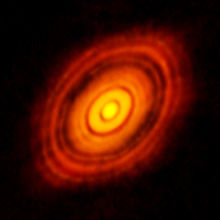 a ALMA image of the HL Tau disk
a ALMA image of the HL Tau disk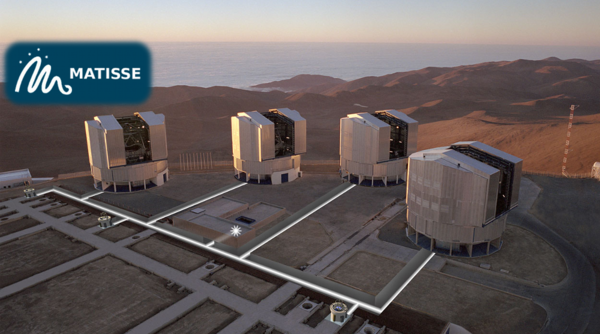
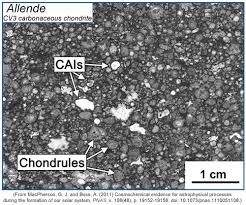 CAIs and chondrules in the Allende meteorite |
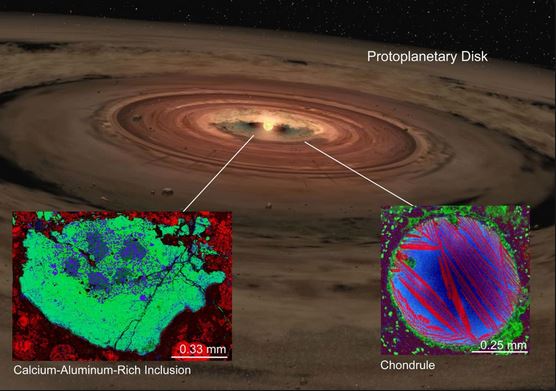 The expected locations of formation of CAIs and chondrules The expected locations of formation of CAIs and chondrules |
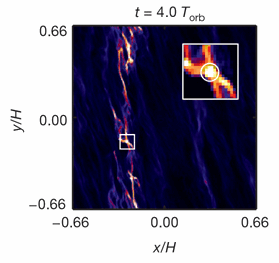 concentration of solid particles due to the streaming instability, leading to the formation of big planetesimals
concentration of solid particles due to the streaming instability, leading to the formation of big planetesimals 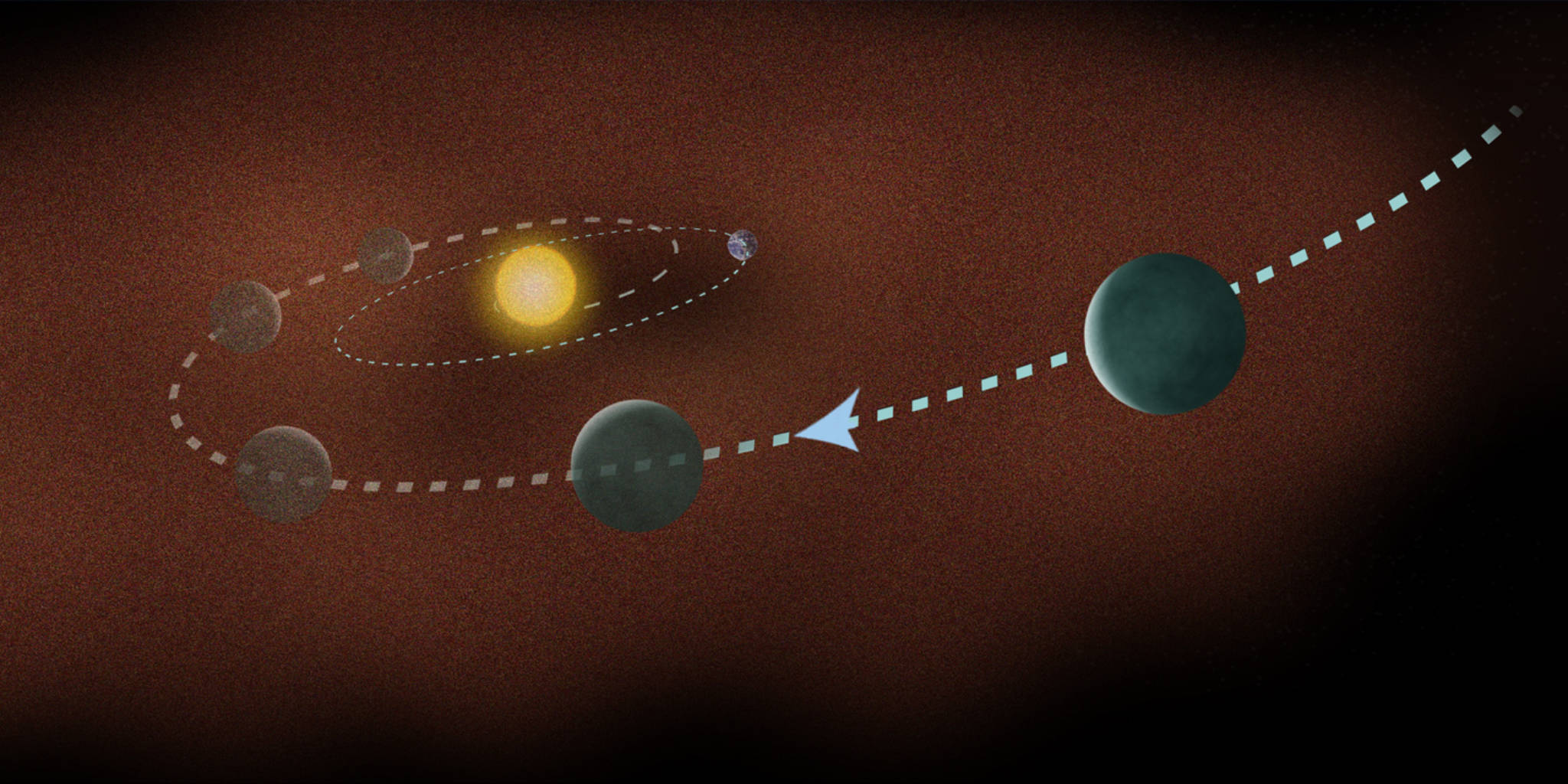 planet migration
planet migration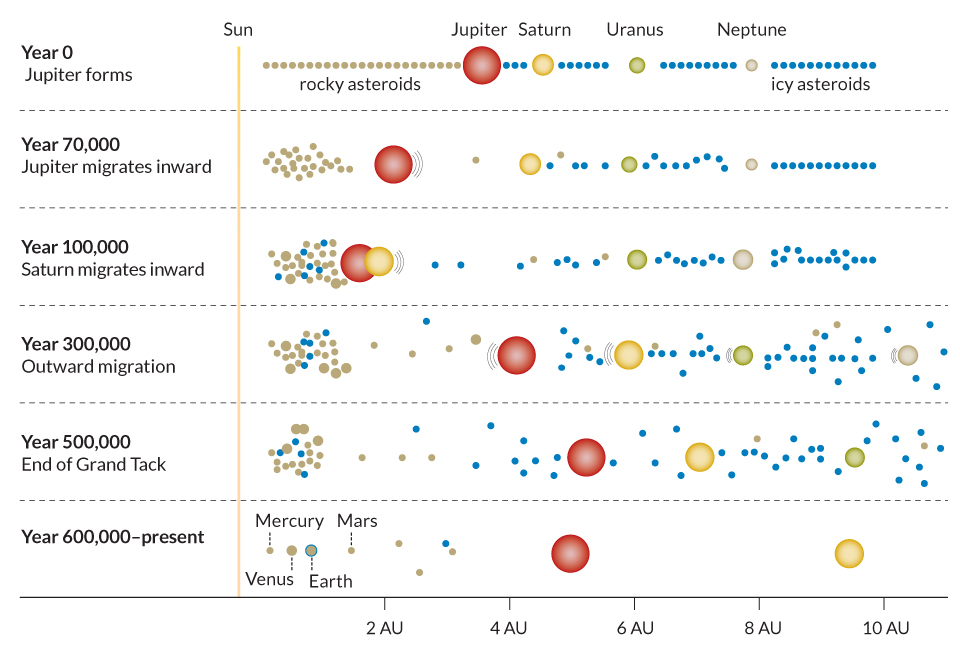 A scheme of the Grand Tack model
A scheme of the Grand Tack model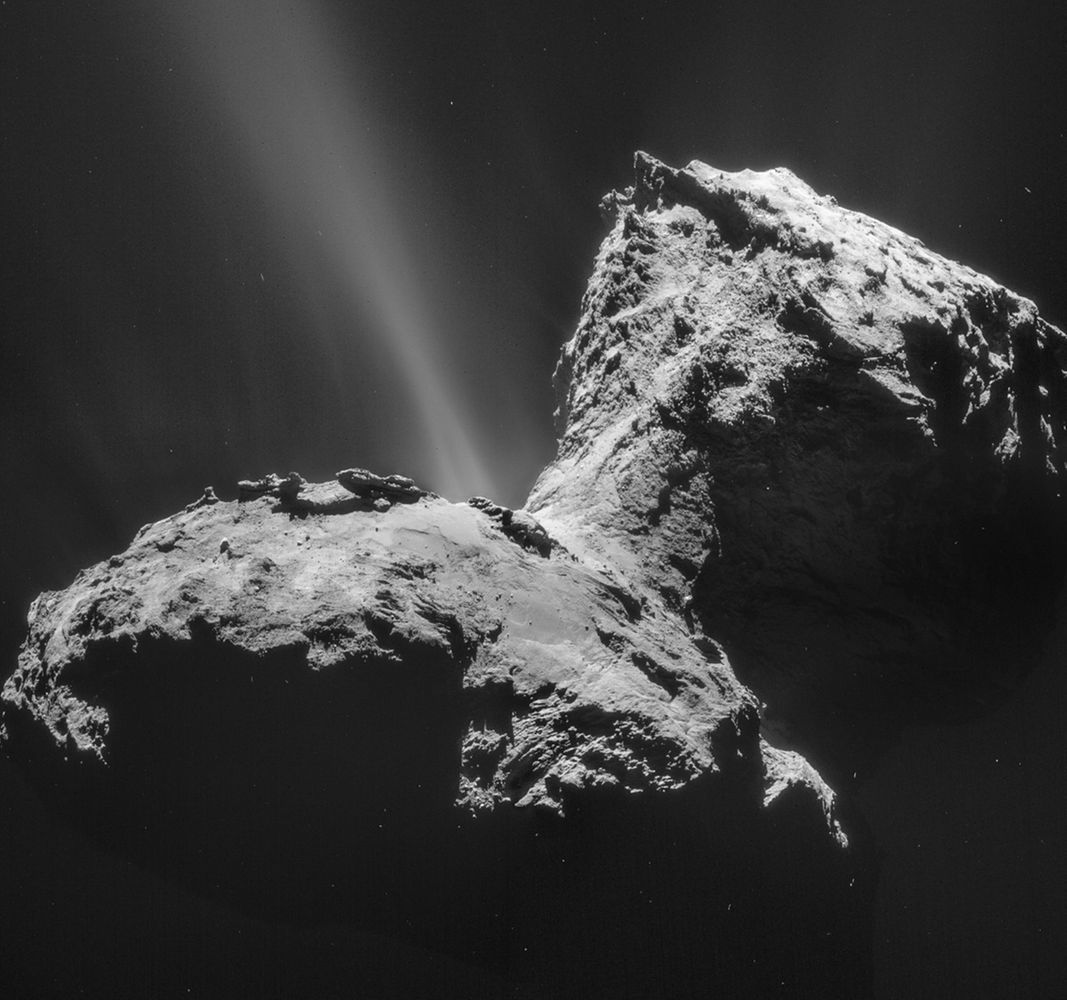 Comet 67P as seen from Rosetta (ESA)
Comet 67P as seen from Rosetta (ESA)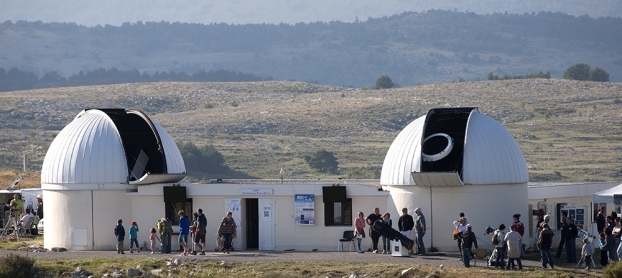 C2PU telescopes in Calern
C2PU telescopes in Calern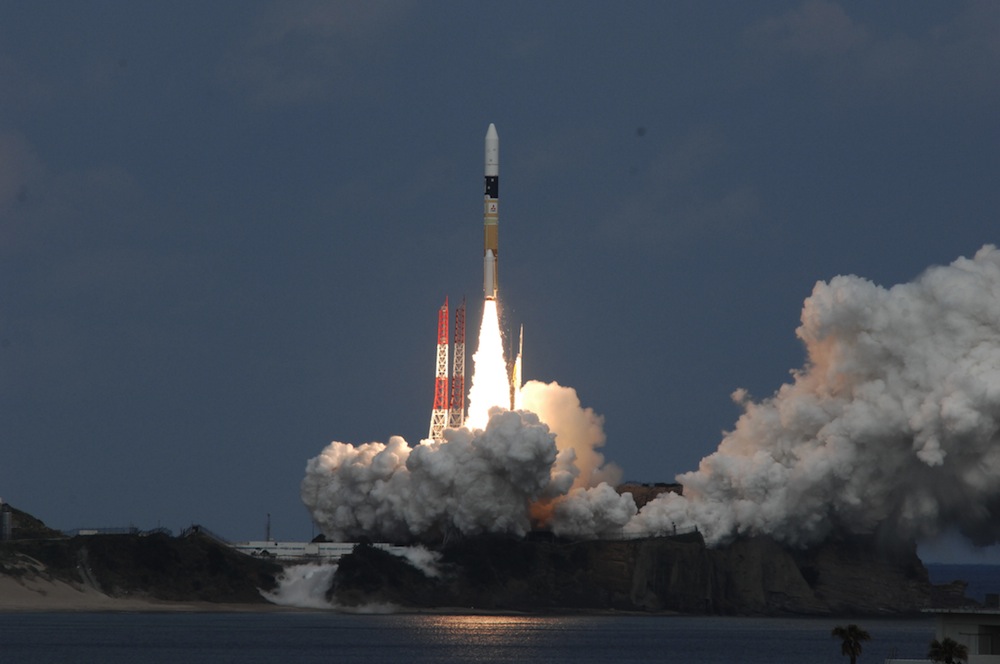 |
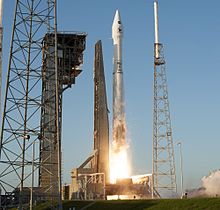 Hyabusa II and Osiris Rex en route towards their asteroid targets Hyabusa II and Osiris Rex en route towards their asteroid targets |
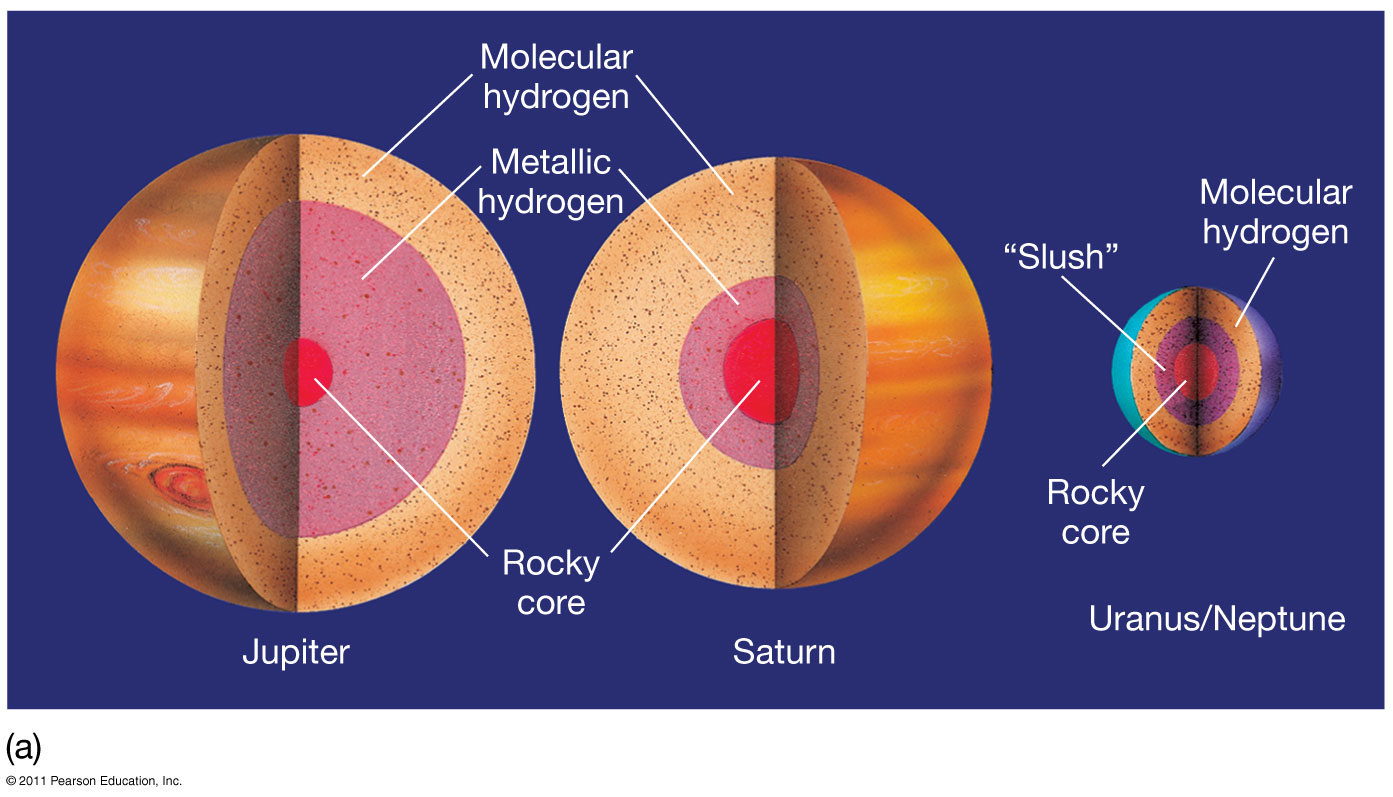 Supposed Interior structures of giant planets
Supposed Interior structures of giant planets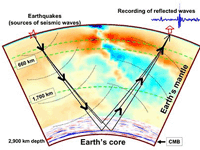 Earth sismic tomography Earth sismic tomography |
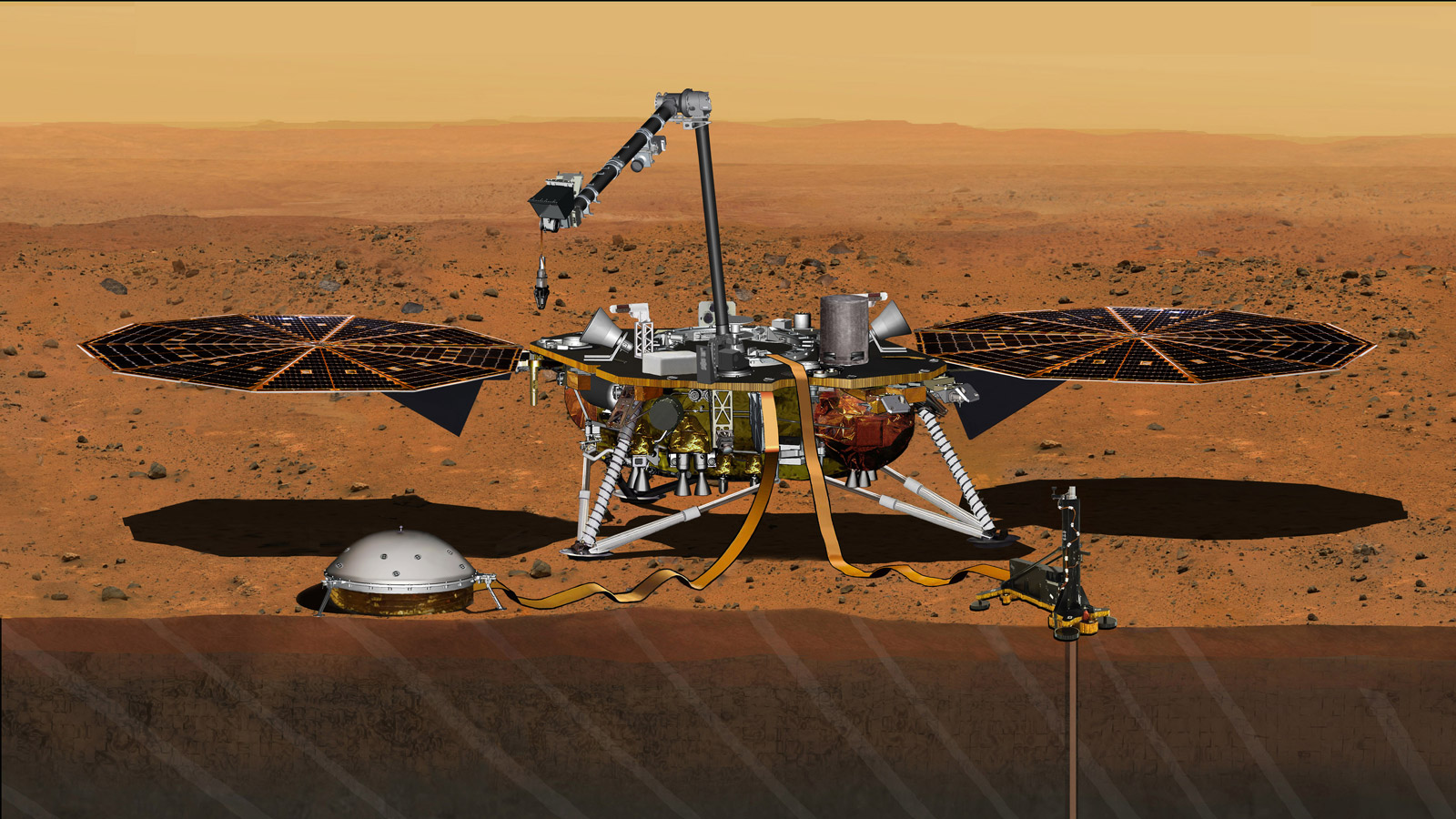 The Insight mission The Insight mission |
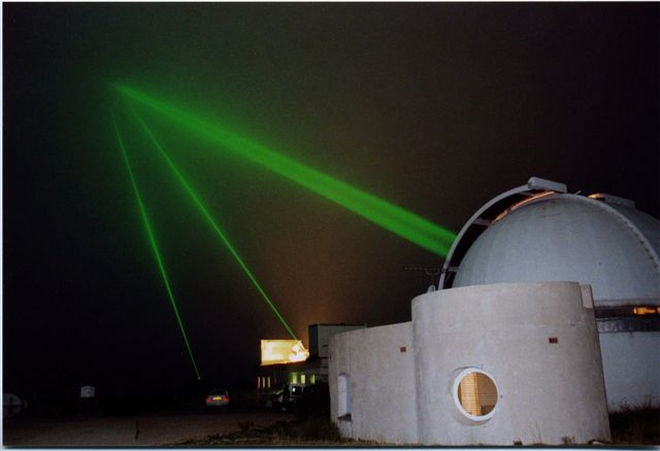 Lunar laser ranging from Calern
Lunar laser ranging from Calern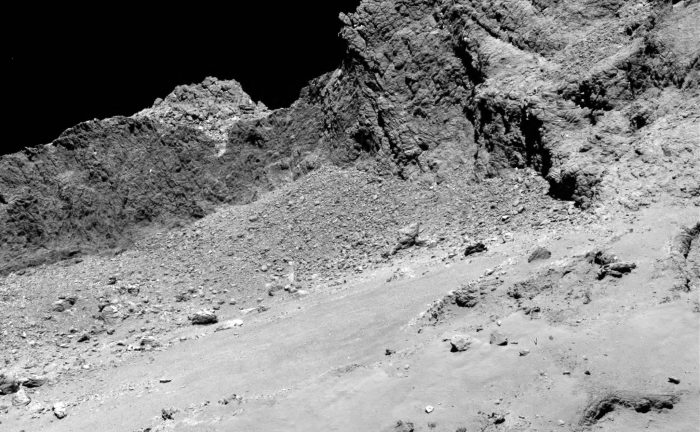 Landslides on comet 67P
Landslides on comet 67P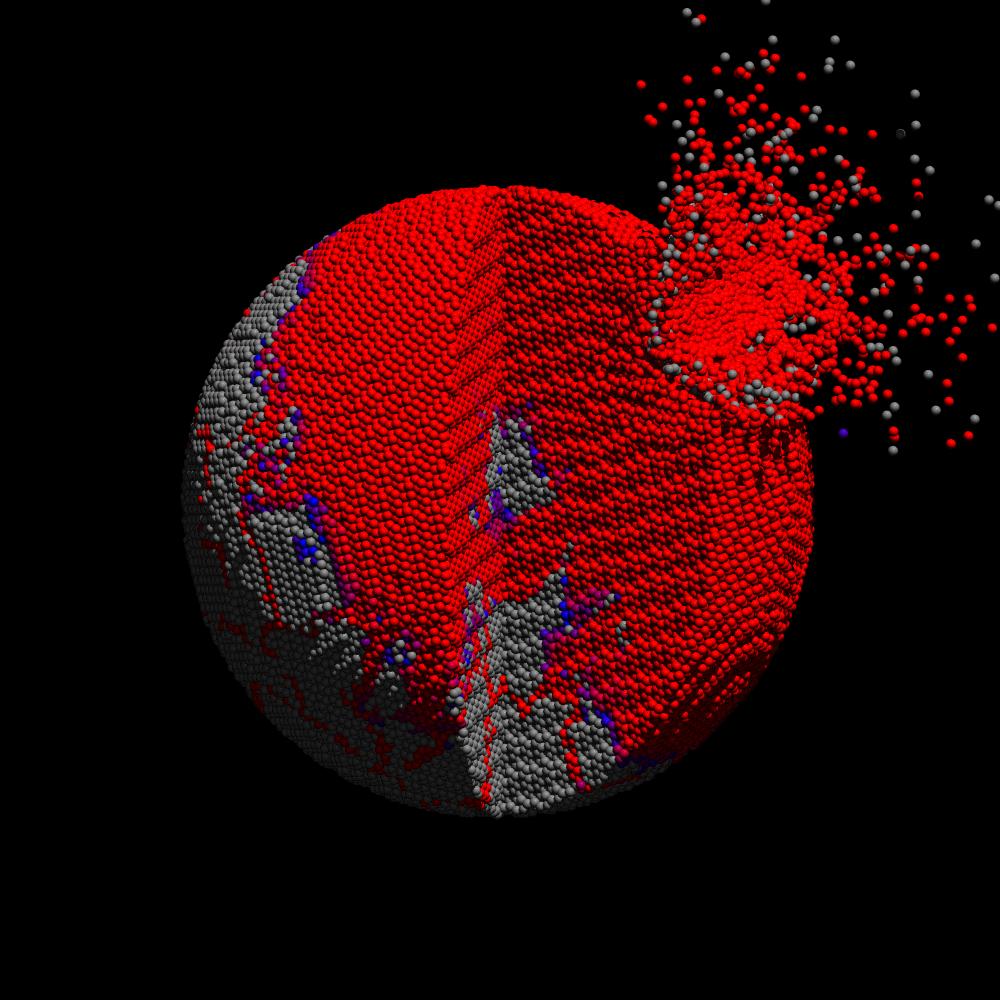 Simulation of collision on an asteroid
Simulation of collision on an asteroid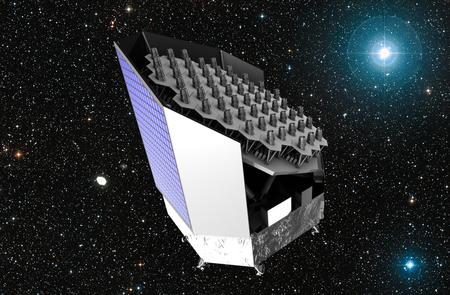 The ESA Plato mission
The ESA Plato mission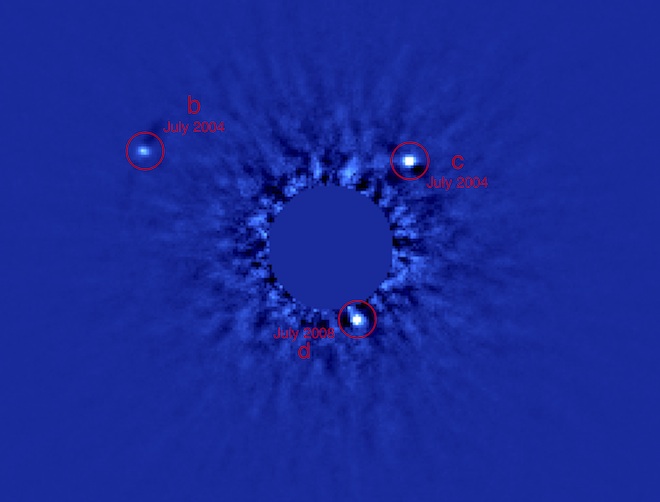 The three outer planets of HR8799
The three outer planets of HR8799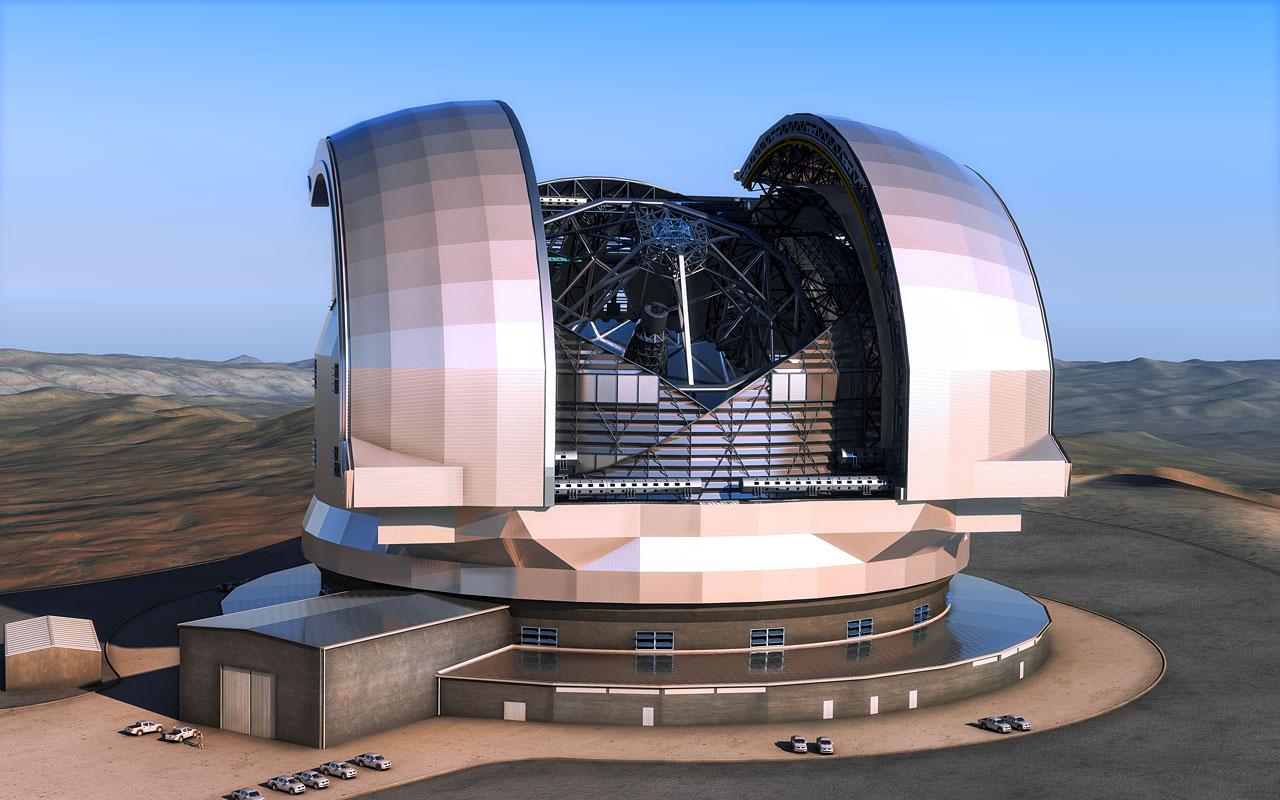 The future ESO ELT telescope (39m)
The future ESO ELT telescope (39m) |
 |
 |
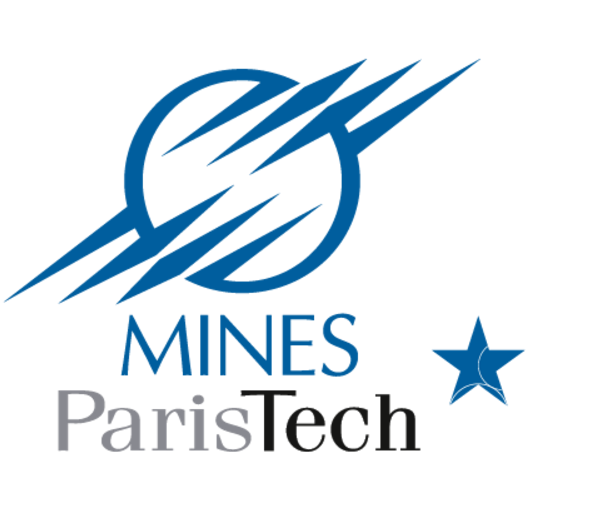 |
 |